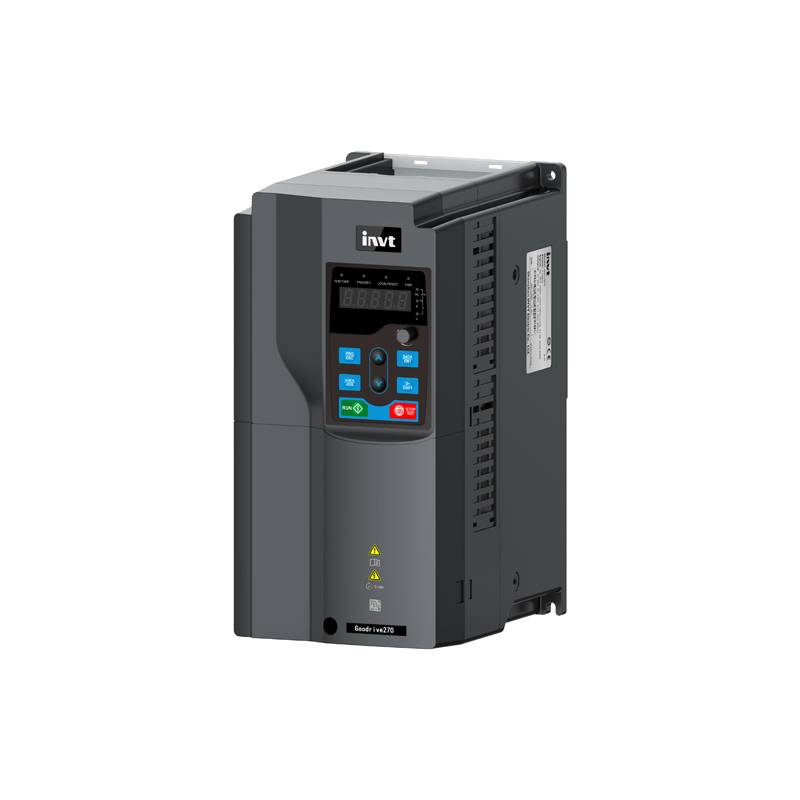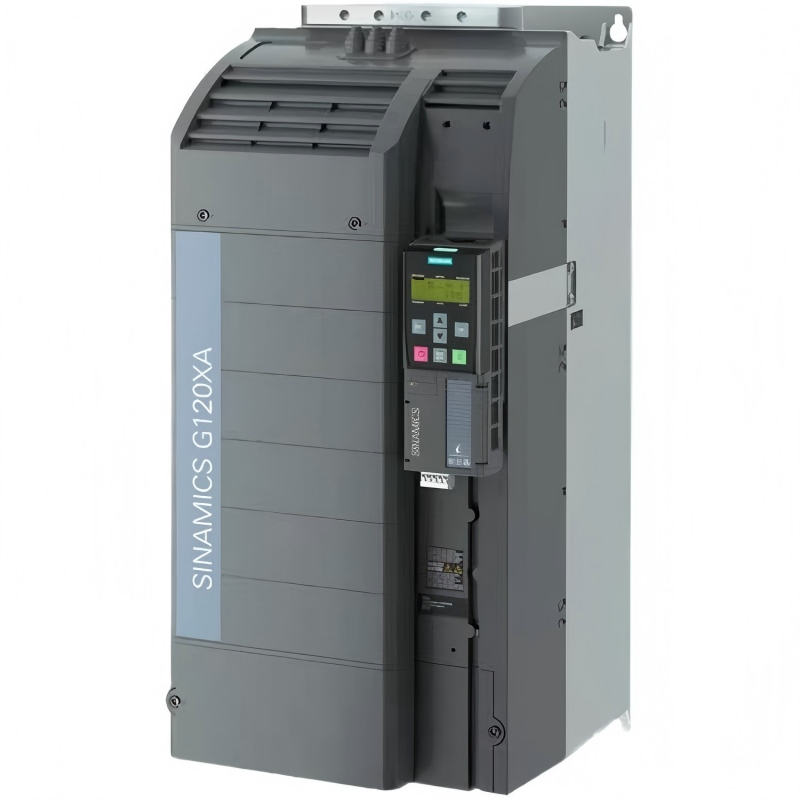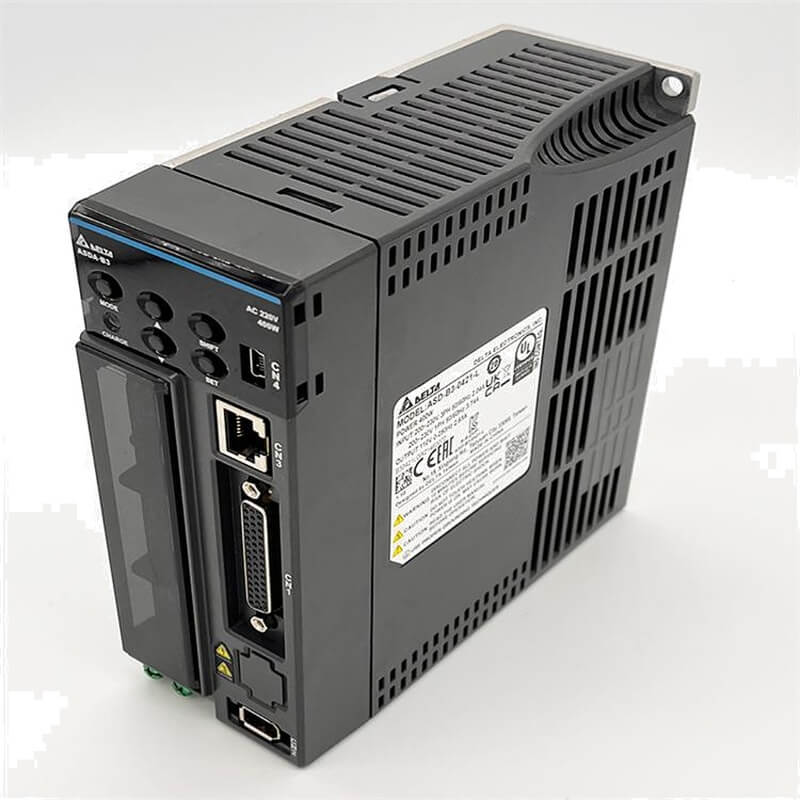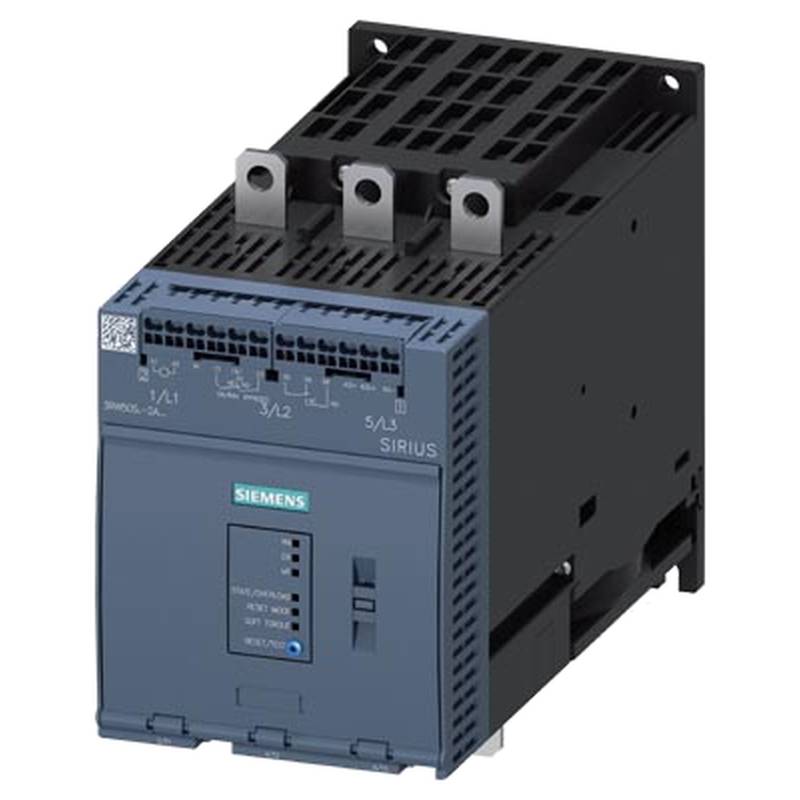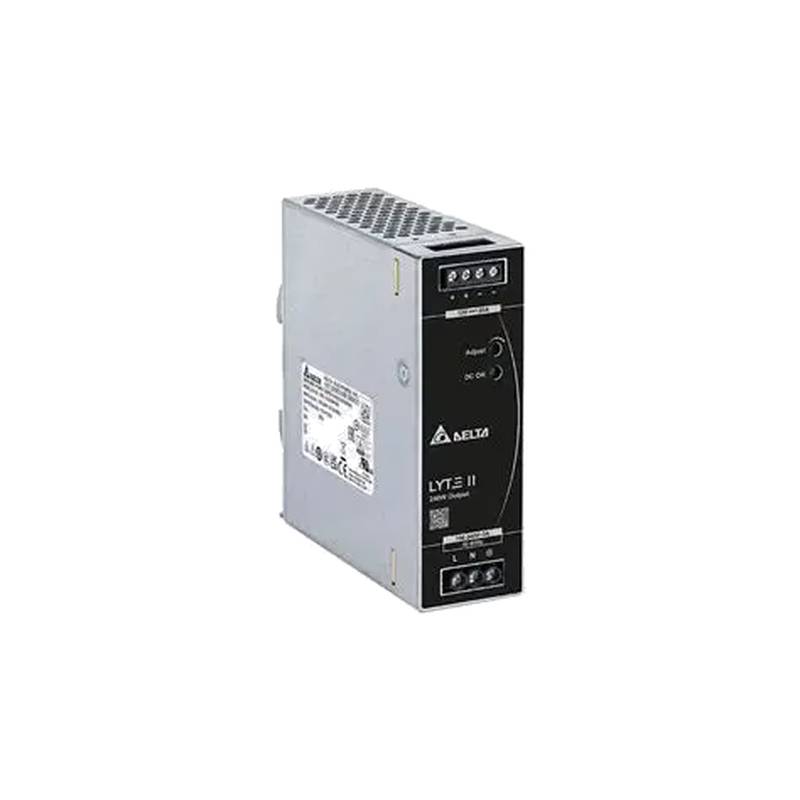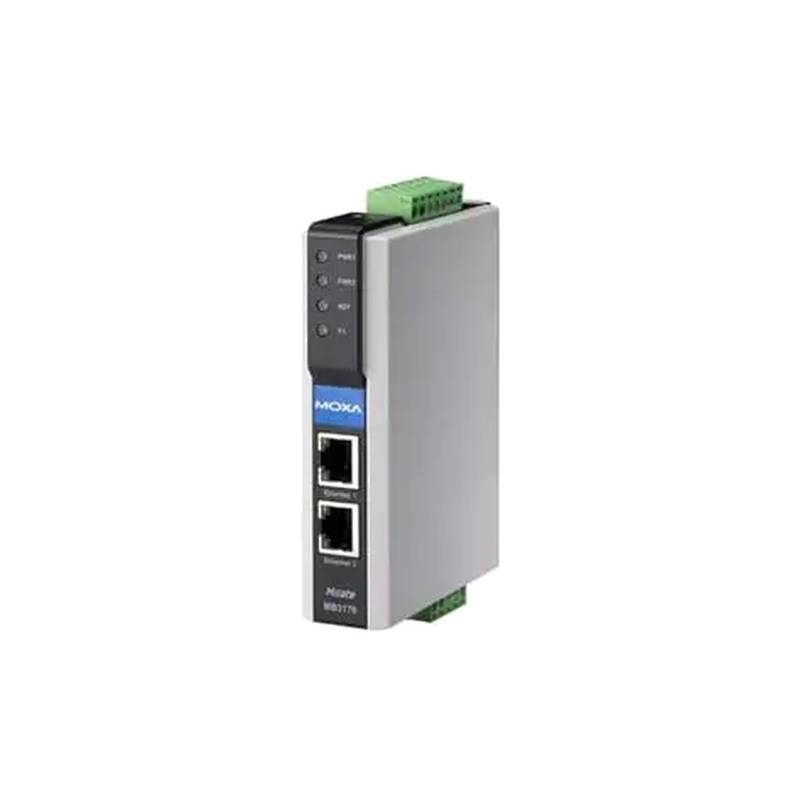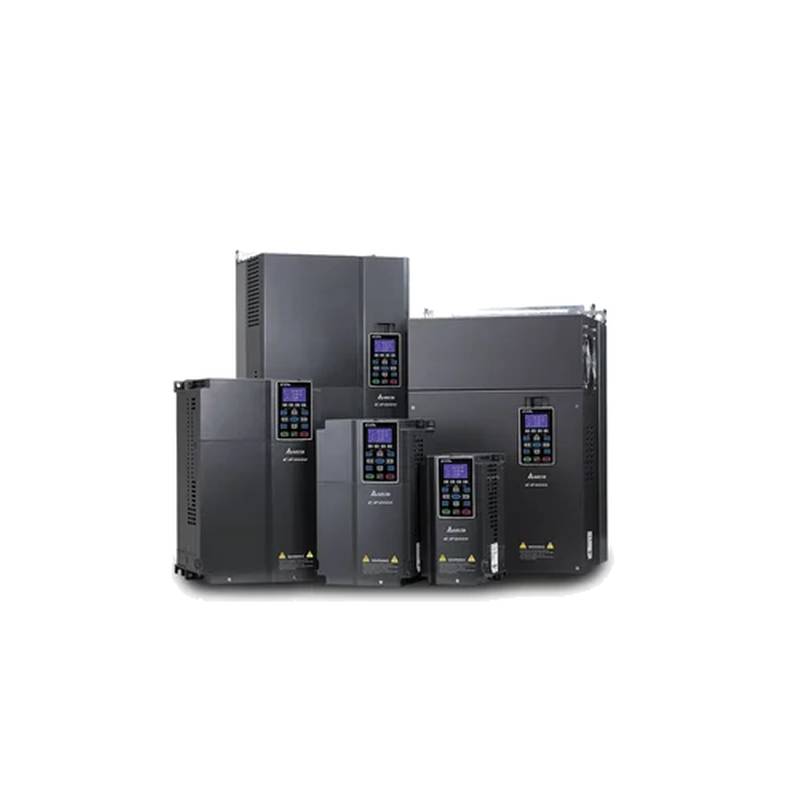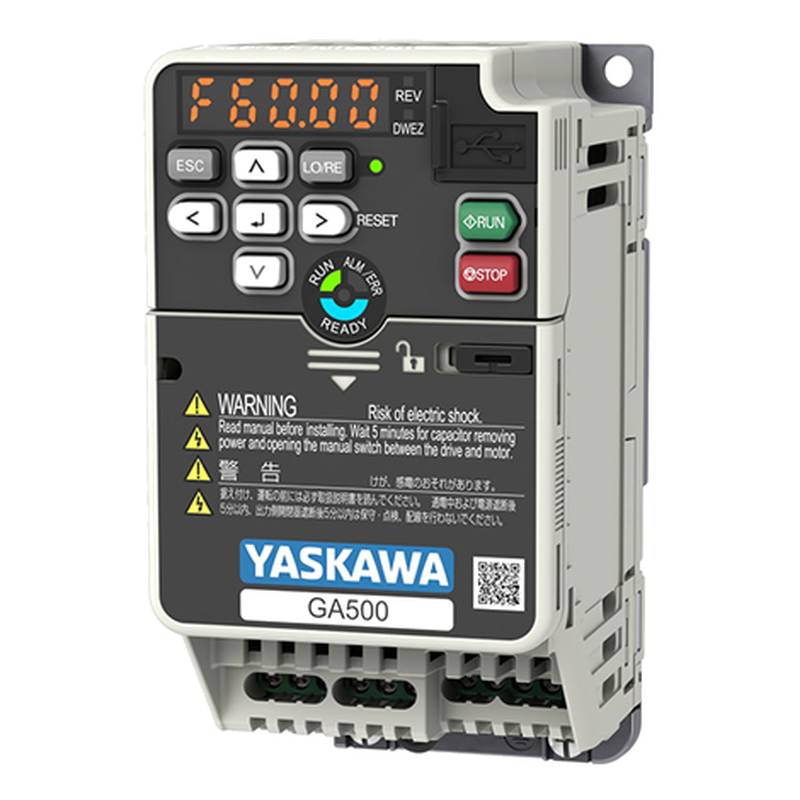
The Siemens 5SN6608-7CN MCB stands as a specialized Miniature Circuit Breaker (MCB) engineered for the demanding task of transformer protection. This 3-pole + Neutral (3P+N) device, rated at 8A, offers robust circuit interruption and precise overload protection crucial for safeguarding transformer assets. Its key advantages lie in its dedicated transformer protection characteristics, enhanced tripping selectivity, and reliable operational performance in industrial environments. Critical technical parameters include its breaking capacity, current rating, and pole configuration, all designed to meet stringent industrial safety standards and ensure operational continuity for sensitive transformer applications.
Product Specifications
| Feature | Specification |
| :------------------ | :------------------------------------------- |
| Product Type | Miniature Circuit Breaker (MCB) |
| Model Number | 5SN6608-7CN |
| Application | Transformer Protection |
| Pole Configuration | 3 Pole + Neutral (3P+N) |
| Rated Current | 8A |
| Breaking Capacity | Not explicitly stated in search results, but typical for industrial MCBs of this class is high (e.g., 6kA, 10kA, 15kA). |
| Tripping Curve | Type C (typical for inductive loads and transformers) |
| Voltage Rating | Not explicitly stated in search results, but typically 230/400V AC for this type of device. |
| Terminal Type | Screw Terminals (typical) |
| Mounting | DIN Rail |
| Ambient Temperature | -25°C to +55°C (typical) |
Core Features & Market Positioning
The Siemens 5SN6608-7CN MCB differentiates itself through its specialized design for transformer protection, a niche often requiring tailored tripping characteristics. Unlike standard MCBs, transformer protection MCBs often feature a time-current curve optimized to withstand the high inrush currents of transformers during energization while still providing sensitive protection against sustained overloads and short circuits. This specific capability positions the 5SN6608-7CN as a high-value component for applications where transformer longevity and system stability are paramount. Its inclusion of a neutral pole (3P+N) is critical for protecting systems with unbalanced neutral loads or where the neutral conductor carries significant current, further enhancing its market appeal for robust industrial power distribution.
Key Application Scenarios
This Siemens MCB is ideally suited for protecting small to medium-sized transformers in various industrial settings. Common applications include safeguarding distribution transformers within manufacturing plants, protecting control transformers for machinery, and securing power supplies for auxiliary equipment such as lighting or HVAC systems in industrial facilities. Its 8A rating makes it perfect for lower-power transformer circuits. The 3P+N configuration is particularly relevant in environments with three-phase power distribution where transformer primary or secondary windings are connected in configurations that necessitate neutral protection, such as delta-wye or wye-wye transformer banks.
Practical System Integration Guidance
Integrating the Siemens 5SN6608-7CN MCB into an electrical system is straightforward, leveraging standard industrial practices. Installation involves mounting the MCB onto a standard 35mm DIN rail within a distribution board or enclosure. Wiring is achieved through the screw terminals, ensuring proper torque is applied to secure the conductors. For the 3P+N configuration, the three live conductors (L1, L2, L3) and the neutral conductor (N) are connected to their respective terminals on the MCB. It is crucial to ensure that the incoming supply and outgoing load connections are correctly phased and terminated. Proper grounding of the enclosure and downstream equipment is also a critical aspect of safe system integration.
Operation and Risk Mitigation
The Siemens 5SN6608-7CN MCB operates by monitoring both current and time to detect fault conditions. Overload conditions, characterized by currents exceeding the 8A rating for a prolonged period, trigger a thermal trip mechanism. Short circuits, involving sudden, high-magnitude current surges, activate an electromagnetic trip mechanism for near-instantaneous disconnection. Risk mitigation is inherent in its design, providing overcurrent protection that prevents transformer insulation damage, fire hazards, and equipment failure. Users should always ensure the MCB is correctly rated for the transformer it protects and that the upstream and downstream circuit protection is coordinated to provide selective tripping, minimizing disruption to other parts of the electrical system.
Scalability & Long-Term Value
While the Siemens 5SN6608-7CN MCB is a specific component, its value extends through Siemens' broader commitment to industrial automation and connectivity. Its compatibility with the vast range of Siemens industrial switchgear and automation platforms ensures seamless integration into existing or future upgrades. For systems aiming for enhanced monitoring and control, this MCB can be part of a larger distribution solution that includes smart meters or intelligent motor control centers. This allows for remote monitoring of circuit status, aiding in predictive maintenance strategies and contributing to the overall digital transformation of industrial operations, thereby securing long-term operational efficiency and value.
Frequently Asked Questions (FAQs)
1. What is the primary function of the Siemens 5SN6608-7CN MCB?
This MCB is specifically designed for the protection of transformers against overcurrent.
It offers a 3-pole plus neutral configuration for comprehensive circuit coverage.
The 8A rating is suitable for smaller transformers or specific load circuits.
2. Can this MCB be used for general-purpose circuit protection?
While capable, its specialized design makes it ideal for transformer applications.
Its tripping curve is optimized for transformer inrush currents.
Using it for non-transformer loads might not leverage its full protection capabilities.
3. What does "3P+N" mean in the product name?
It signifies the MCB protects three live phases and the neutral conductor.
This configuration is essential for three-phase systems with neutral current considerations.
It ensures balanced protection across all conductors of a three-phase supply.
4. What type of tripping curve does the Siemens 5SN6608-7CN feature?
It typically employs a Type C tripping curve, common for inductive loads.
Type C curves allow for higher inrush currents without nuisance tripping.
This is crucial when energizing transformers.
5. What is the breaking capacity of the 5SN6608-7CN MCB?
Specific breaking capacity values are usually found in detailed technical datasheets.
Industrial MCBs like this typically have significant breaking capacities (e.g., 6kA or 10kA).
This ensures safe interruption of fault currents.
6. How does this MCB protect a transformer from overload?
It utilizes a thermal tripping mechanism that responds to sustained overcurrent.
This mechanism prevents overheating and insulation damage to the transformer.
The 8A rating defines the threshold for overload detection.
7. What is the significance of the 8A current rating?
The 8A rating indicates the maximum continuous current the MCB can handle.
It dictates the size of the transformer or circuit it is intended to protect.
Selecting the correct rating is vital for effective protection.
8. Where is this MCB typically installed?
It is commonly installed in industrial distribution boards and control panels.
Mounting is typically done on a standard 35mm DIN rail.
This ensures easy integration into standard electrical enclosures.
9. Is this MCB compatible with other Siemens protection devices?
Yes, Siemens MCBs are designed for compatibility within their industrial switchgear range.
It can be integrated into systems with other Siemens circuit breakers and components.
This allows for coordinated protection schemes.
10. What are the main advantages of using a dedicated transformer protection MCB?
It provides superior protection against transformer-specific fault conditions.
Optimized tripping characteristics prevent nuisance tripping during energization.
It enhances the longevity and reliability of the protected transformer.


















